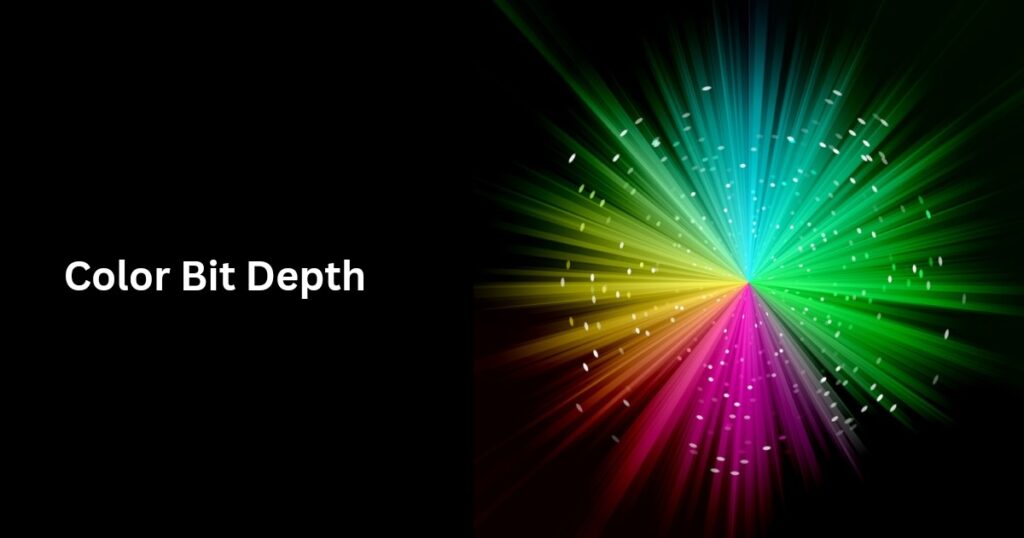Are QD-OLED TVs brighter than normal OLEDs?
OLED TVs are often seen as dimmer compared to LED TVs , but advancements in OLED technology have altered this perception.
Among OLED variants, QD OLEDs have emerged with unique advantages.
In this article, we’ll explore whether OLED or QD OLED TVs deliver higher brightness levels.
OLED
Traditional OLEDs, often referred to as WOLED TVs, generate images using a combination of white subpixels alongside the primary RGB ones.
In this technology, light from an organic layer produces white emission, which then passes through color filters to form red, green, and blue.
Additionally, a fourth subpixel is left unfiltered, allowing pure white light to pass through.
QD-OLED
In QD-OLED TVs, the light source is a blue organic emitting layer rather than the white one used in WOLEDs.
The emitted blue light hits a quantum dot layer placed after it, where the quantum dots convert it into pure red, blue and green.
Since this process eliminates the need for color filters, there is almost no loss of light intensity, allowing QD-OLED TVs to deliver higher brightness levels.
OLED vs QD-OLED: Which TV is brighter?
In conventional OLED, or WOLED TVs, white light produced by the organic emitting layer passes through color filters that separate it into red, green, and blue components.
The pixel structure includes four subpixels—red, green, blue, and an unfiltered white.
Because the RGB colors are created by filtering out unwanted wavelengths from the white light, much of their intensity is reduced, leaving the filtered red, green, and blue weaker compared to the unfiltered white subpixel.
On the other hand, a QD-OLED TV eliminates the need for color filters by using a quantum dot layer placed in front of a blue organic light-emitting layer.
When the blue light hits the quantum dots, they absorb it and re-emit highly accurate red and green hues.
Since quantum dots convert light rather than block wavelengths as color filters do, the brightness and purity of the RGB colors are preserved.
As a result, QD-OLED TVs deliver richer and more vibrant colors compared to traditional OLEDs.
To boost the brightness of its WOLED TVs, LG introduced a solution called MLA (Micro Lens Array) technology.
This involves using a layer of microscopic lenses that refocus the emitted light, allowing more of it to reach the screen.
By redirecting the light efficiently, MLA helps preserve color intensity and enables WOLED TVs to achieve higher brightness levels without placing excessive strain on the organic pixels.
Unsurprisingly, OLED models with advanced brightness technologies such as QD-OLEDs and MLA-equipped WOLEDs are priced significantly higher than standard WOLED TVs.
How does QD-OLED/OLED TV achieve higher brightness?
QD-OLED TVs utilize quantum dots to produce red, green, and blue colors.
Since these quantum dots do the color conversion with high efficiency, the blue organic emitting layer doesn’t have to be driven as hard to deliver high brightness levels.
In traditional OLED, or WOLED TVs, the primary colors are derived by filtering white light, which reduces their intensity.
So, in order to increase brightness, the white organic emitting layer needs to be driven harder, but this may then speed up pixel degradation.
As a result, WOLEDs are generally less bright than QD-OLEDs.
However, WOLED models equipped with MLA technology achieve substantially higher brightness, making them comparable to, or even brighter than QD-OLED TVs.
Which is the brightest OLED TV: conventional OLED or QD-OLED?
For bright environments, MLA-based OLEDs usually deliver the best performance when displaying pure whites, thanks to their unfiltered white subpixels.
However, when it comes to rendering the full color gamut with vivid, bright saturated hues, QD-OLED TVs generally take the lead.


